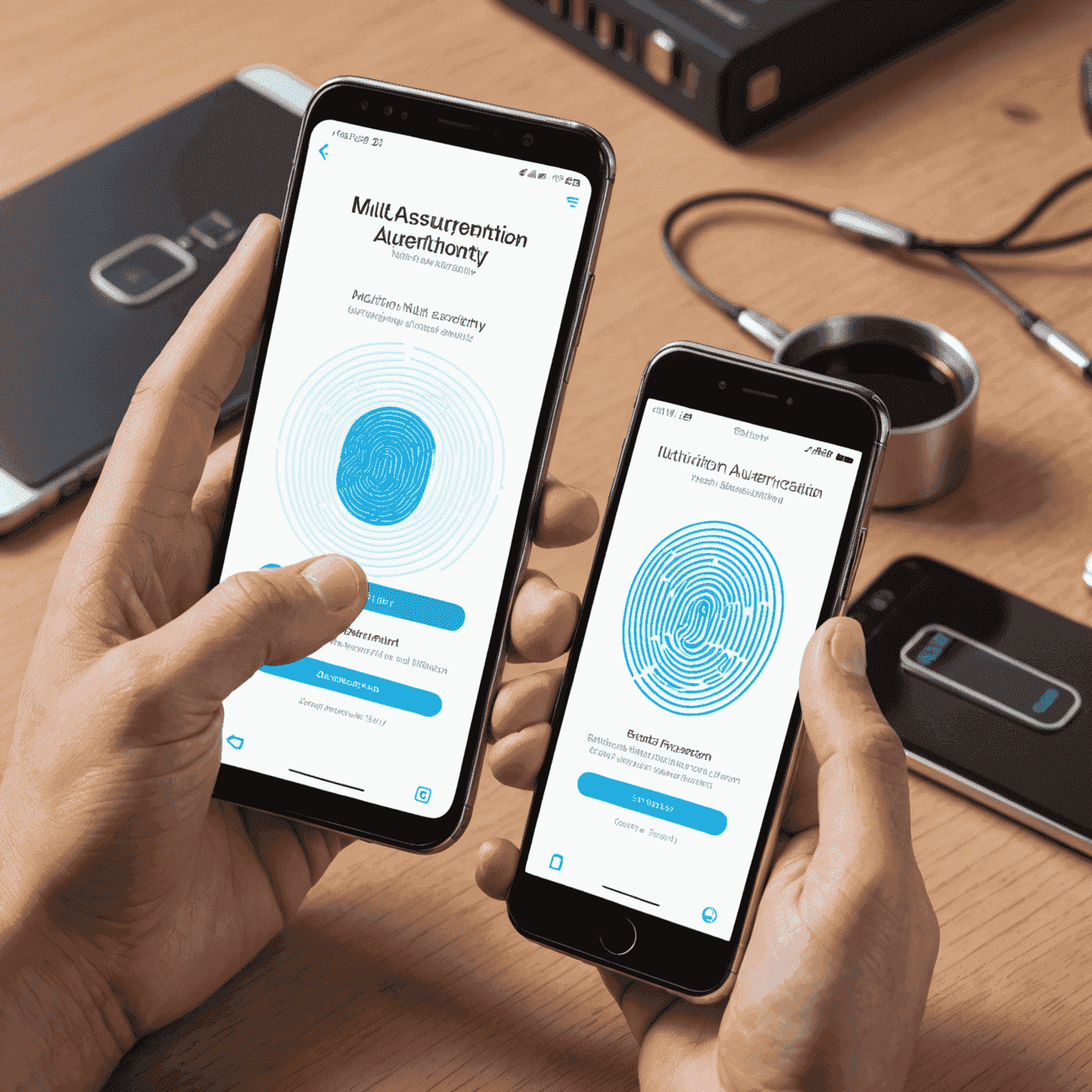Data Breach Prevention Strategies
In today's digital landscape, safeguarding sensitive information is paramount. This article explores cutting-edge techniques to protect your organization from potential data breaches, ensuring the integrity and confidentiality of your valuable data assets.
1. Implement Multi-Factor Authentication (MFA)
MFA adds an extra layer of security by requiring users to provide two or more verification factors to gain access to a resource. This significantly reduces the risk of unauthorized access, even if passwords are compromised.

2. Encrypt Sensitive Data
Utilize strong encryption algorithms to protect data both at rest and in transit. This ensures that even if data is intercepted or stolen, it remains unreadable and unusable to unauthorized parties.
3. Regular Security Audits and Penetration Testing
Conduct frequent security assessments to identify vulnerabilities in your systems. Employ ethical hackers to perform penetration tests, simulating real-world attacks to uncover potential weaknesses before malicious actors can exploit them.

4. Employee Training and Awareness
Human error remains one of the leading causes of data breaches. Implement comprehensive security awareness programs to educate employees about phishing attacks, social engineering tactics, and best practices for data handling.
5. Zero Trust Architecture
Adopt a Zero Trust security model, which operates on the principle of "never trust, always verify." This approach requires all users, whether inside or outside the organization's network, to be authenticated, authorized, and continuously validated before being granted access to applications and data.

6. AI-Powered Threat Detection
Leverage artificial intelligence and machine learning algorithms to detect anomalies and potential threats in real-time. These advanced systems can analyze vast amounts of data to identify patterns indicative of a breach attempt, allowing for rapid response and mitigation.
Conclusion
Implementing these data breach prevention strategies will significantly enhance your organization's security posture. Remember, cybersecurity is an ongoing process that requires constant vigilance and adaptation to emerging threats. Stay informed, stay prepared, and prioritize the protection of your valuable data assets.